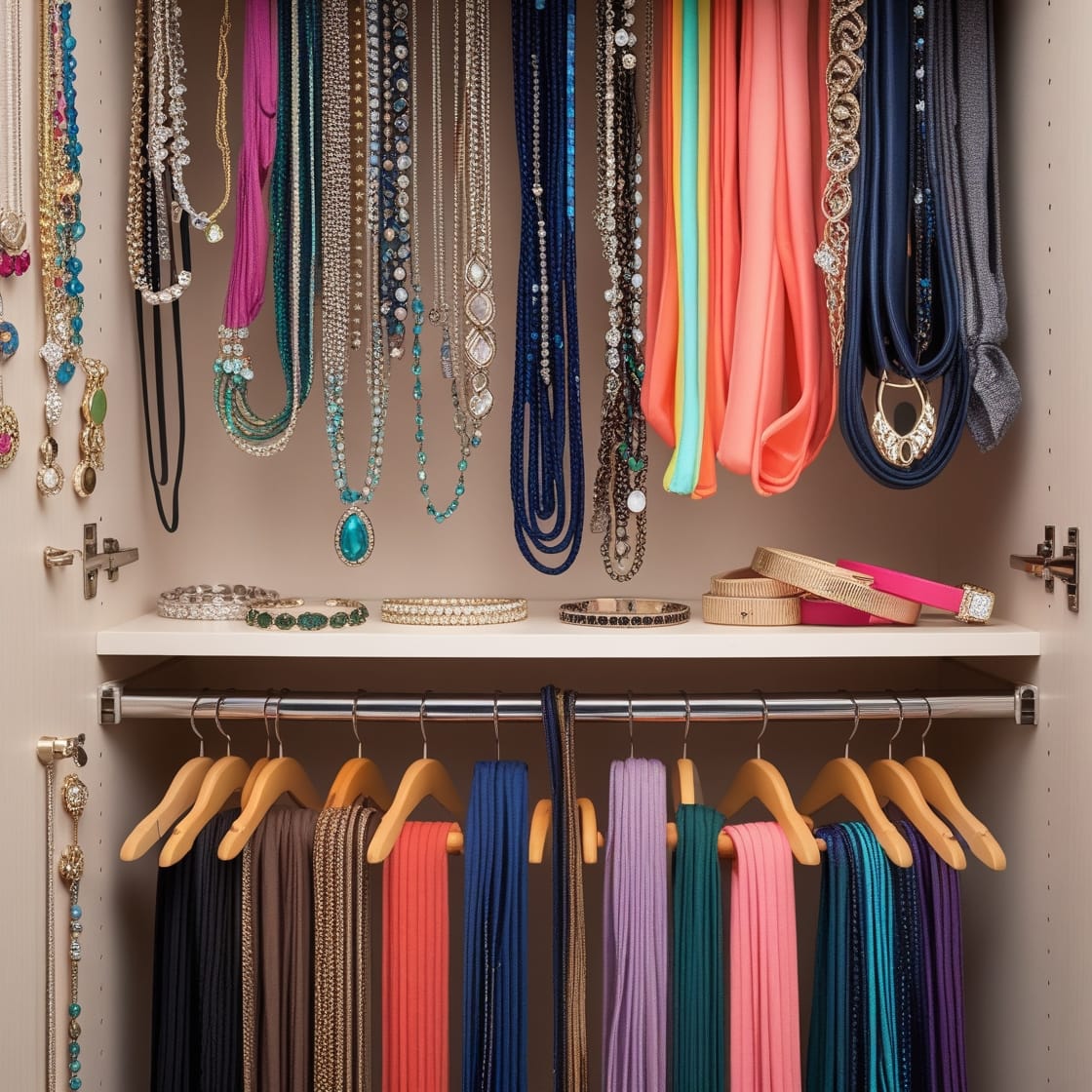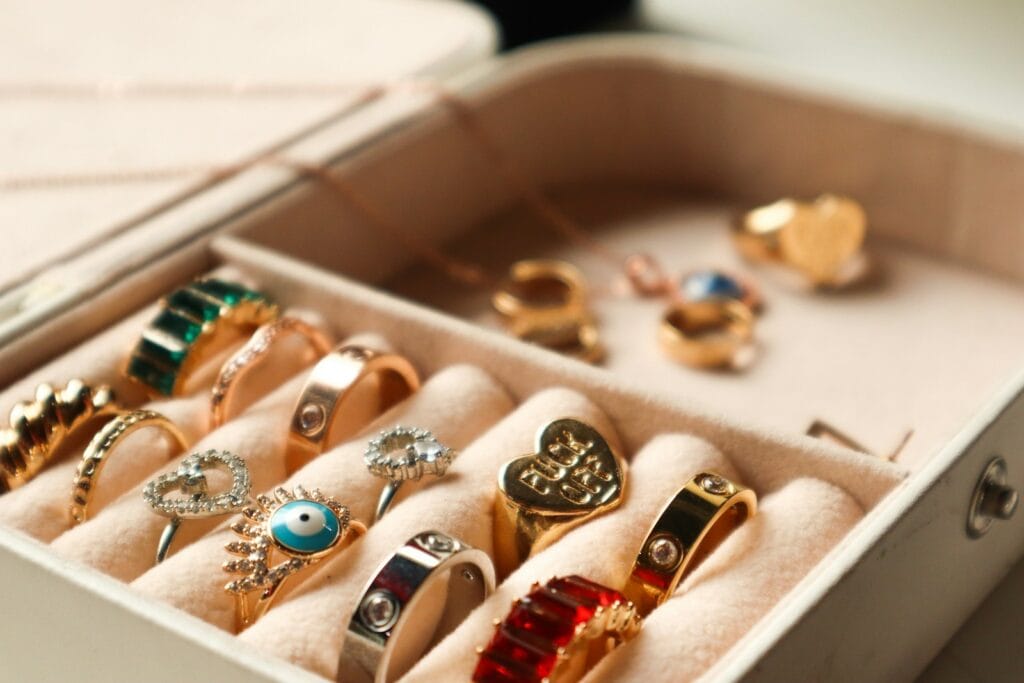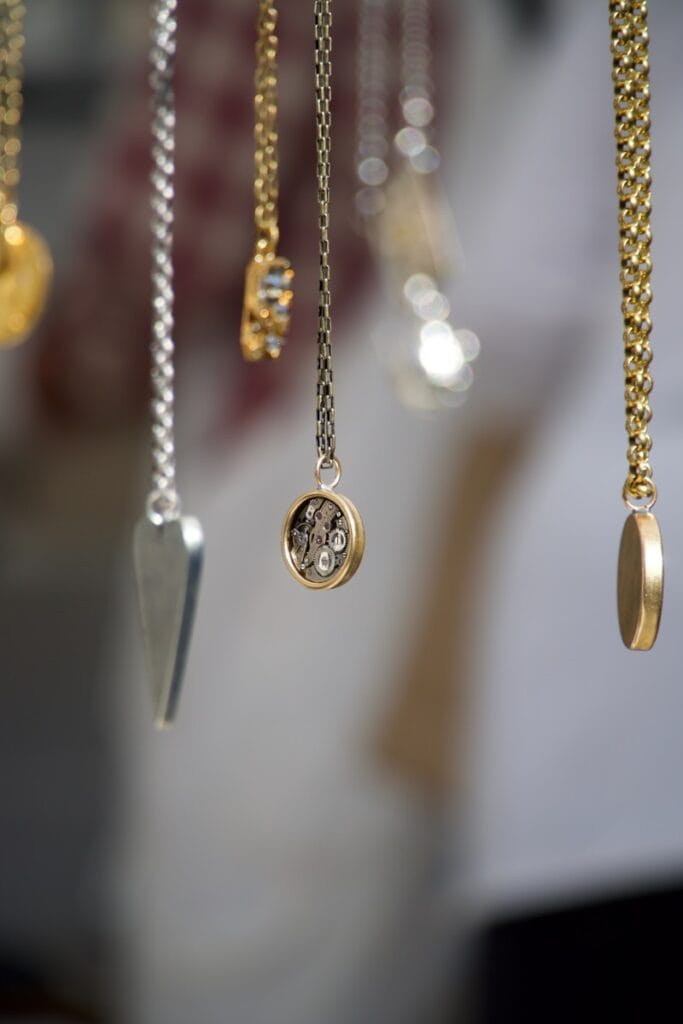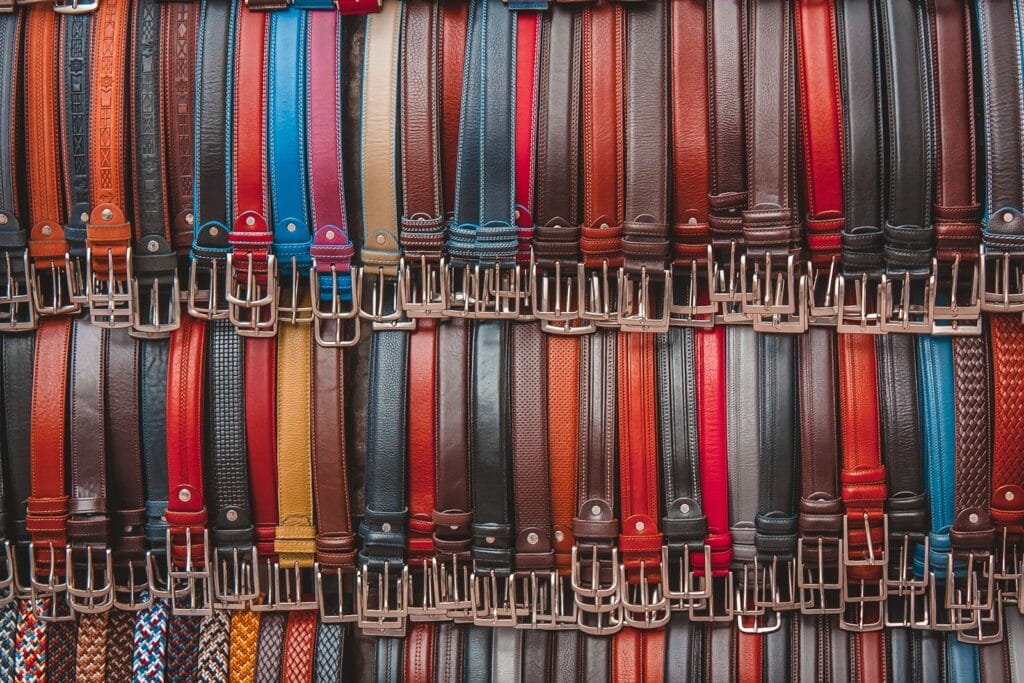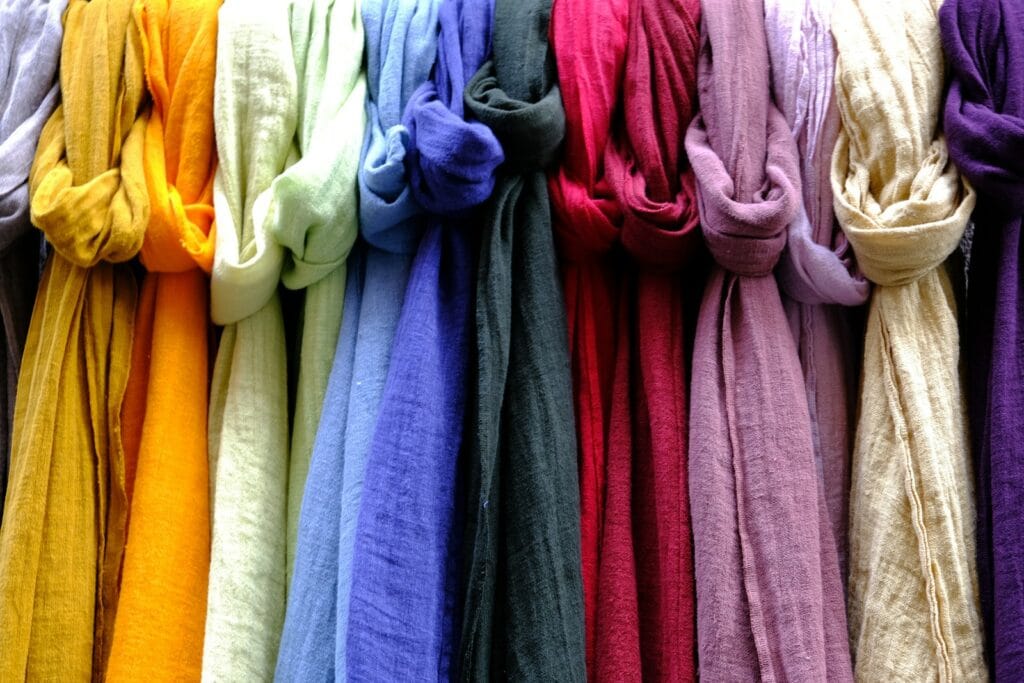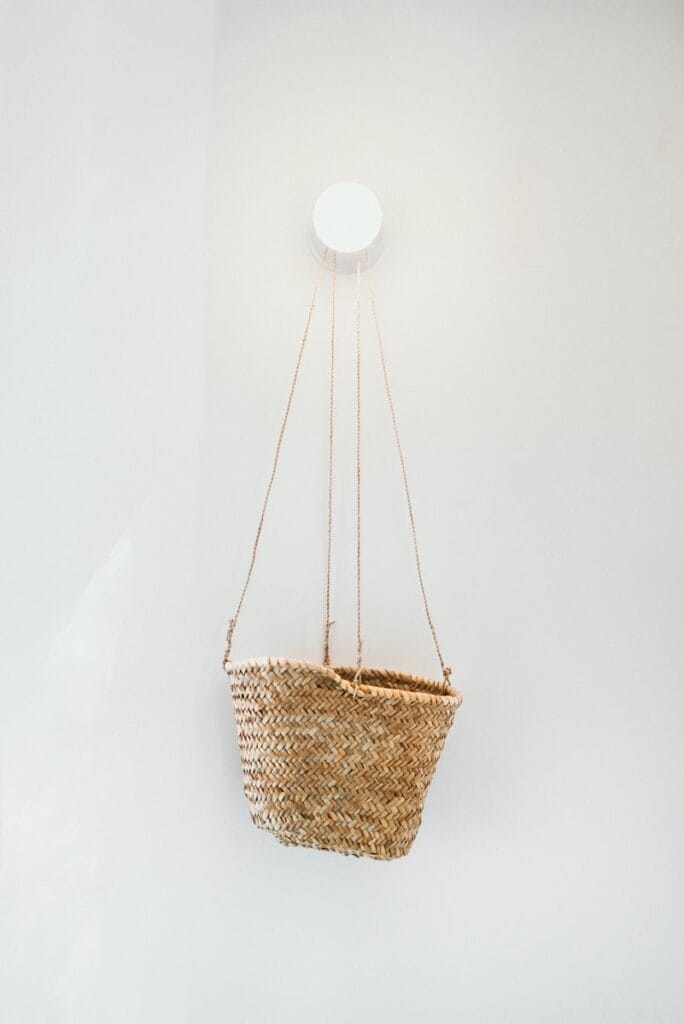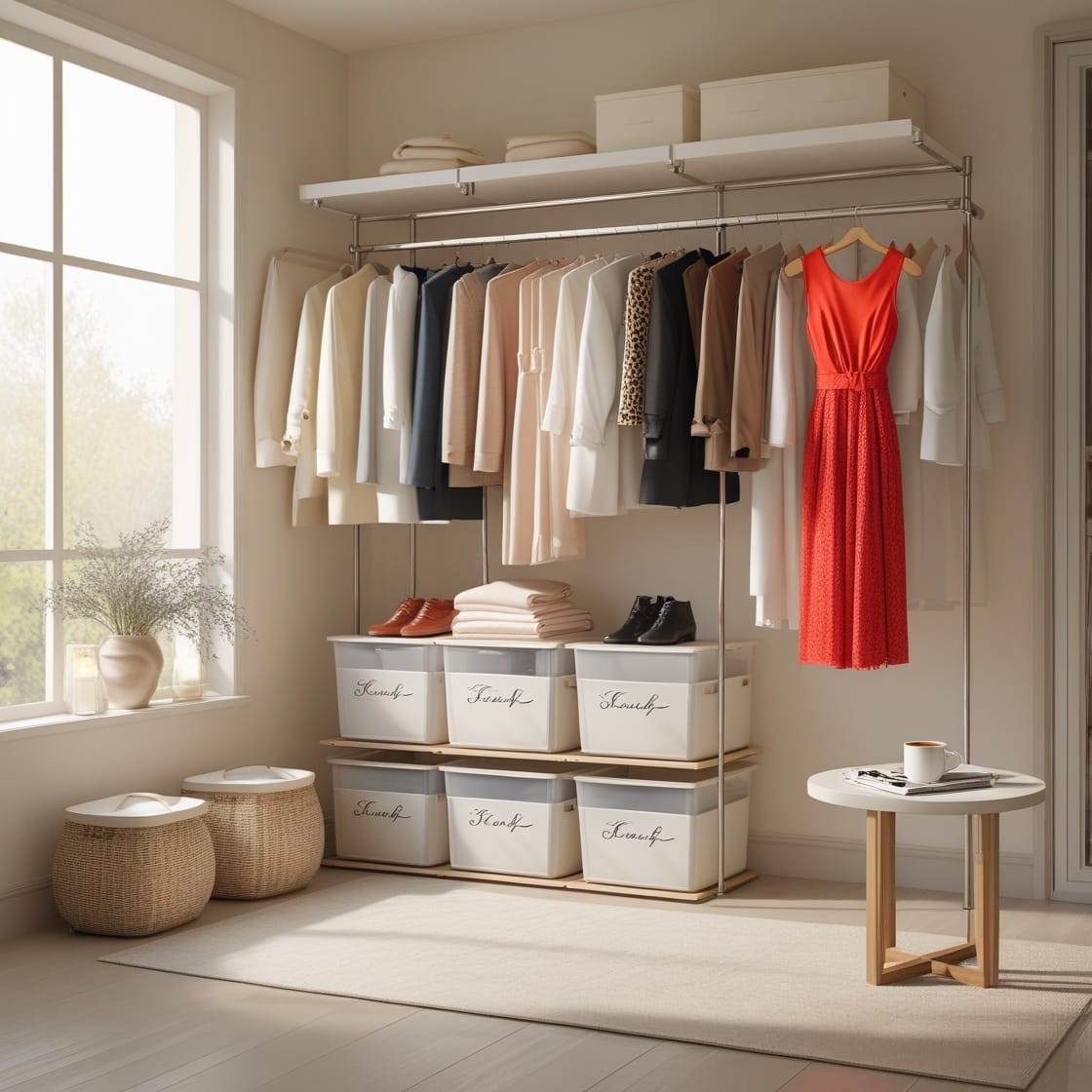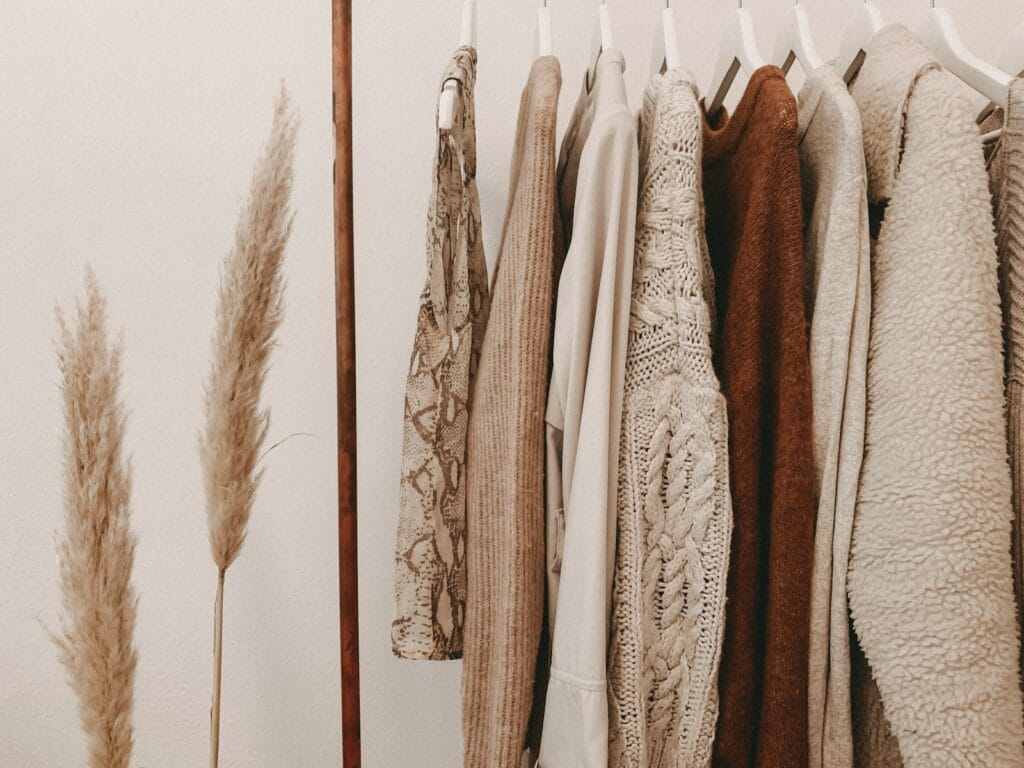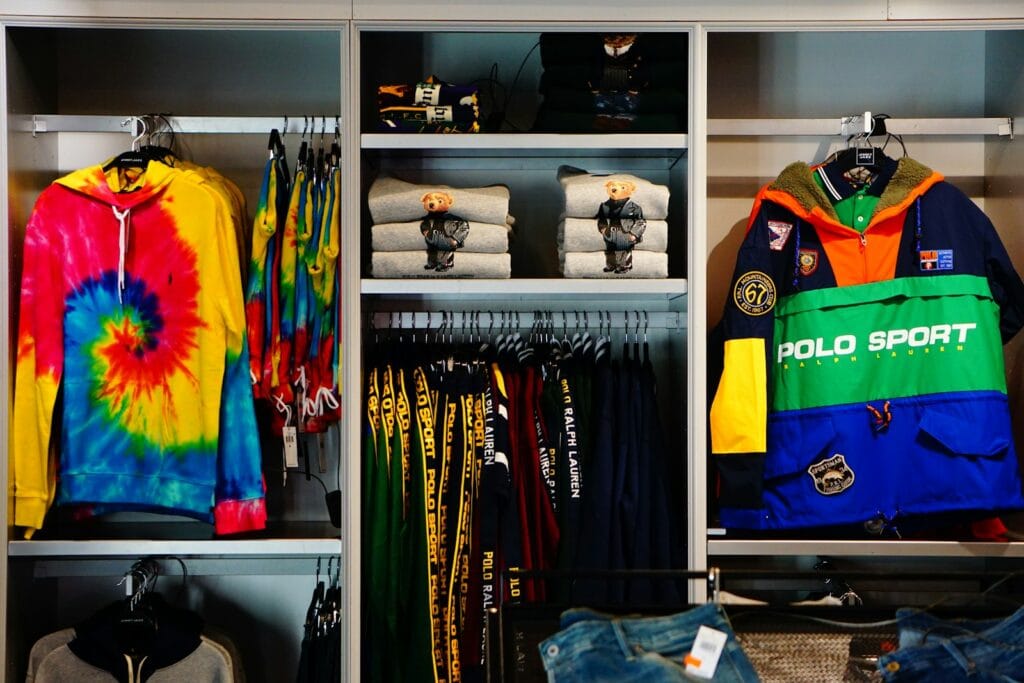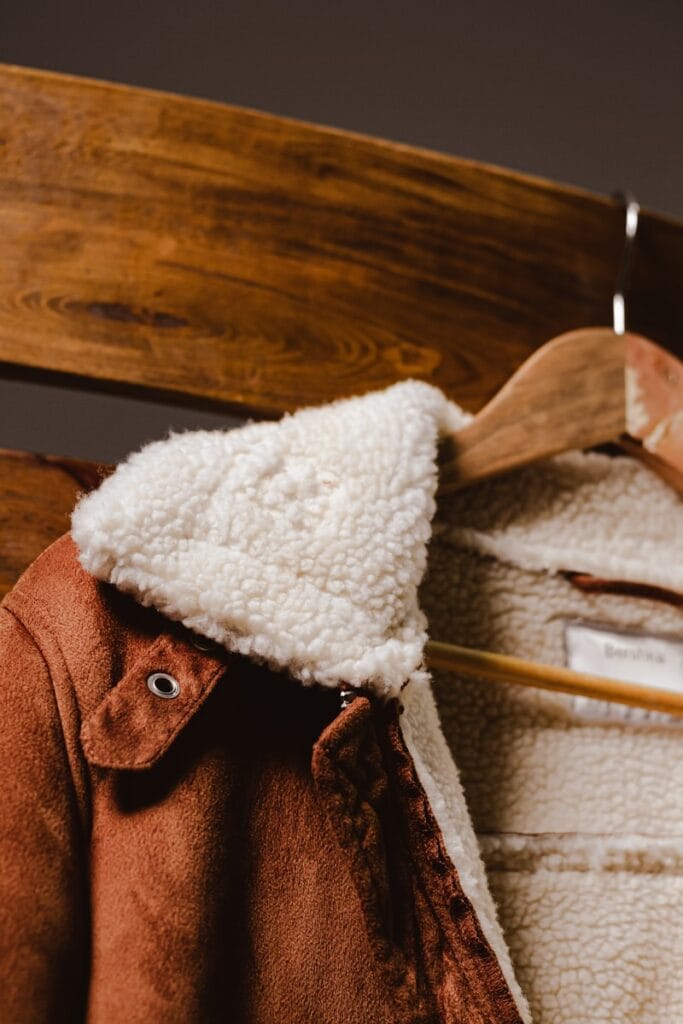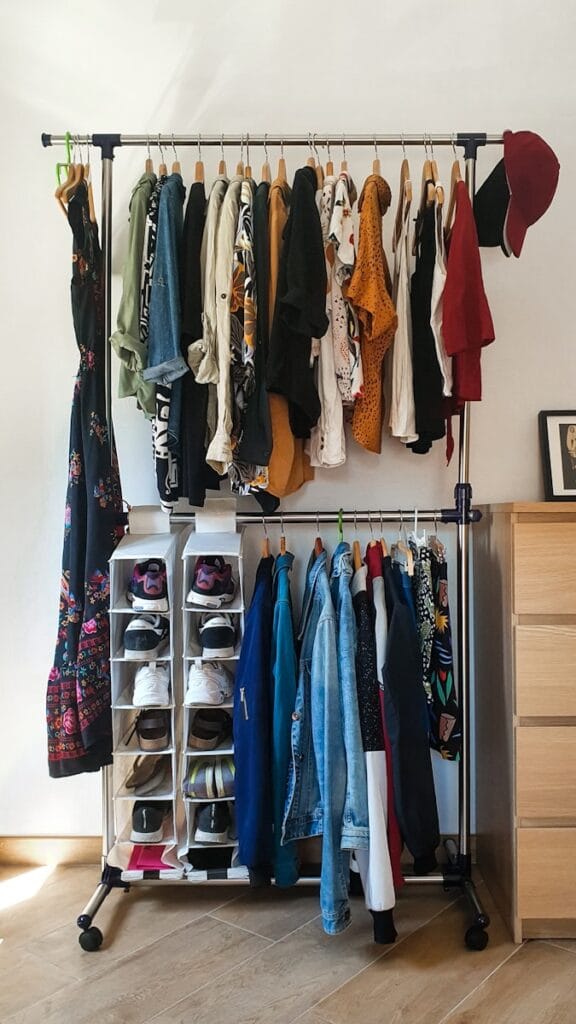Are you tired of tripping over shoes every time you walk through the door? Or maybe you can never find the pair you want when you’re rushing out in the morning? If your shoe collection is growing but your storage space isn’t, it’s time to get organized. Shoe storage solutions are the key to a clutter-free home and a stress-free routine. Whether you’re dealing with a small apartment or just need a better system for your entryway, this guide has you covered.
In this ultimate guide to shoe storage, we’ll explore a variety of options—from sleek shoe racks to creative DIY ideas—that will help you organize your footwear in style. No matter your space or budget, there’s a solution here for you. Let’s dive in!
Why Shoe Storage Matters
Before we get into the specifics, let’s talk about why shoe organization is so important:
- Saves Space: Proper storage keeps shoes off the floor and maximizes your available space.
- Protects Your Shoes: Storing shoes correctly prevents scuffs, creases, and damage.
- Saves Time: A well-organized system makes it easy to find the pair you need, when you need it.
- Enhances Aesthetics: A tidy shoe collection can elevate the look of your entryway, closet, or bedroom.
Now, let’s explore the best shoe storage solutions for every need and space.
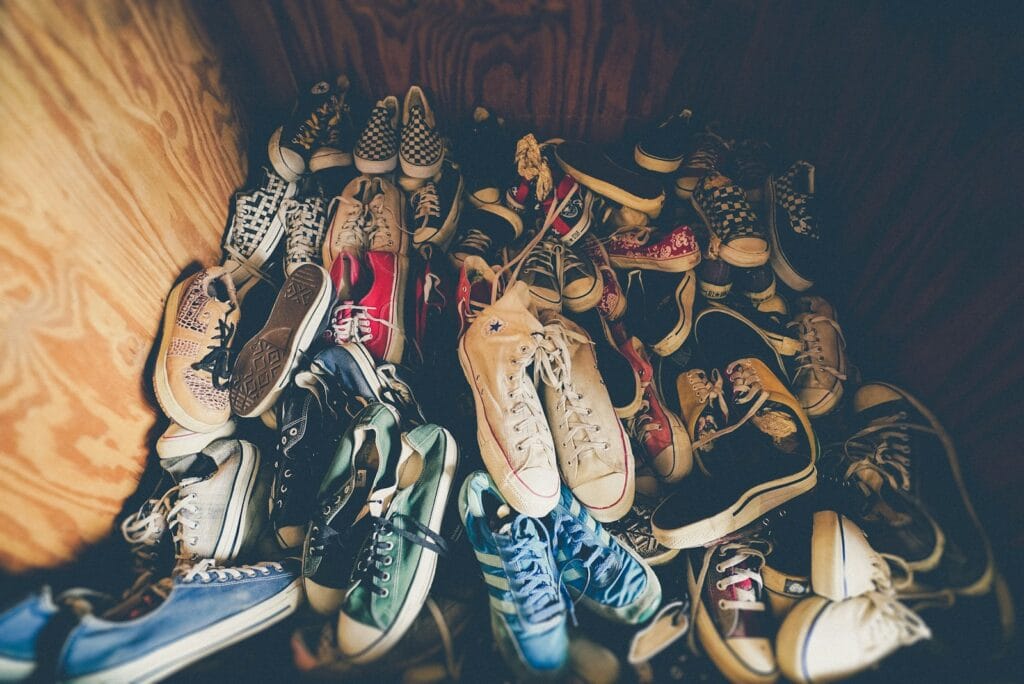
1. Shoe Racks: The Classic Choice
Shoe racks are a go-to solution for a reason—they’re versatile, affordable, and come in a variety of styles. Here are some popular types:
- Over-the-Door Racks: Perfect for small spaces, these racks hang over the back of a door and can hold multiple pairs without taking up floor space.
- Freestanding Racks: Available in materials like wood, metal, or plastic, these racks can be placed in closets, entryways, or even bedrooms.
- Adjustable Racks: These allow you to customize the height and width, making them ideal for boots or larger shoes.
Pros: Easy to install, affordable, and great for small spaces.
Cons: May not hold very large collections or bulky shoes like boots.
Quick Tip: Look for racks with tiers to maximize vertical space.

2. Shoe Shelves: Customizable and Stylish
If you’re looking for a more permanent solution, shoe shelves offer both functionality and style.
- Built-In Shelves: If you have a closet with extra space, consider adding built-in shelves for a seamless look.
- Floating Shelves: These can be mounted on walls and used to display your favorite pairs while keeping them organized.
- Modular Shelving Units: Perfect for renters, these units can be adjusted or moved as needed.
Pros: Can be tailored to your space, great for displaying stylish shoes.
Cons: May require more installation effort.
Style Tip: Use floating shelves in your entryway to create a chic, minimalist look.
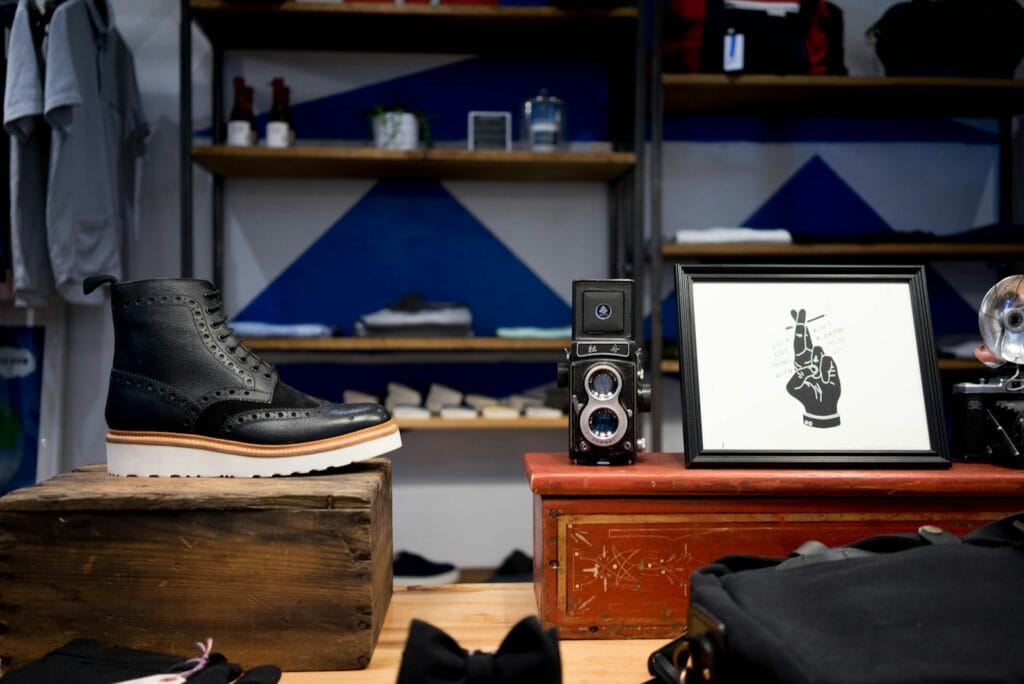
3. Shoe Boxes and Bins: Neat and Tidy
For those who prefer a concealed storage option, shoe boxes and bins are a great choice.
- Clear Plastic Boxes: These allow you to see your shoes easily while keeping them dust-free.
- Fabric Bins: Ideal for a softer, more decorative look, especially in bedrooms or closets.
- Labeled Bins: Use labels to quickly identify which shoes are inside, especially for seasonal storage.
Pros: Protects shoes from dust and damage, stackable for easy storage.
Cons: Can take up more space if not stacked efficiently.
Space-Saver Alert: Stack boxes under your bed or on high closet shelves to free up floor space.
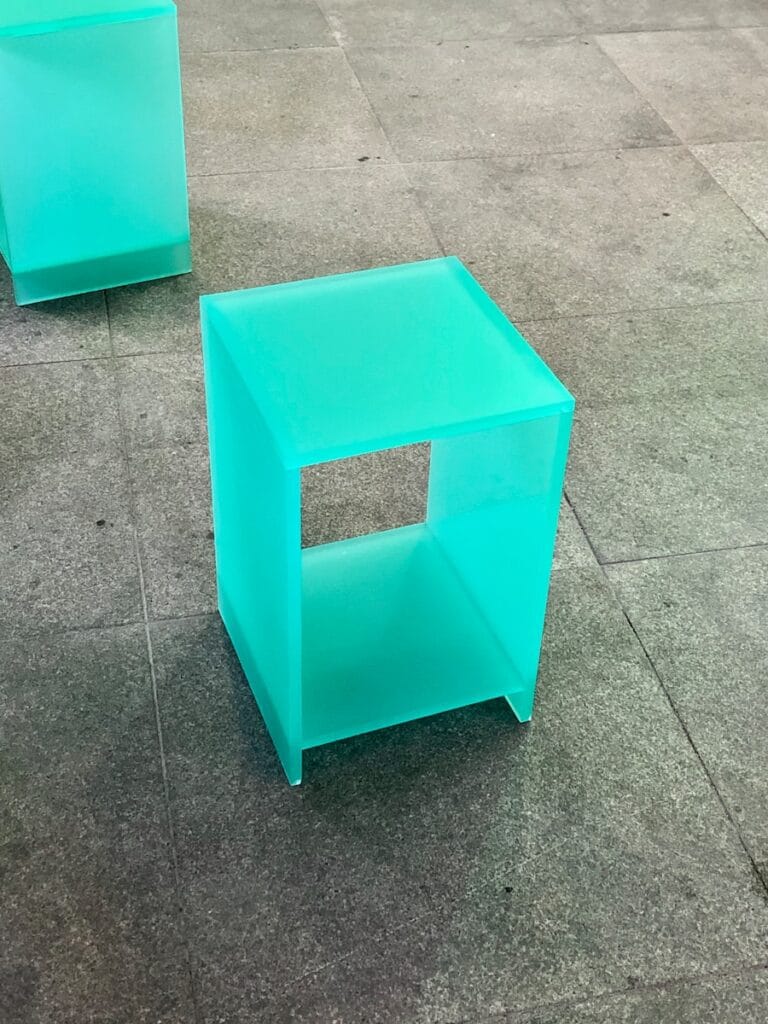
4. Under-Bed Storage: Hidden and Convenient
Don’t overlook the space under your bed—it’s prime real estate for shoe storage.
- Under-Bed Storage Bags: These zippered bags can hold multiple pairs and slide easily under the bed.
- Rolling Storage Boxes: For easy access, choose boxes with wheels that you can pull out when needed.
Pros: Maximizes unused space, great for seasonal shoes.
Cons: May not be ideal for everyday shoes you need quick access to.
Quick Tip: Use under-bed storage for off-season shoes, like winter boots in summer.
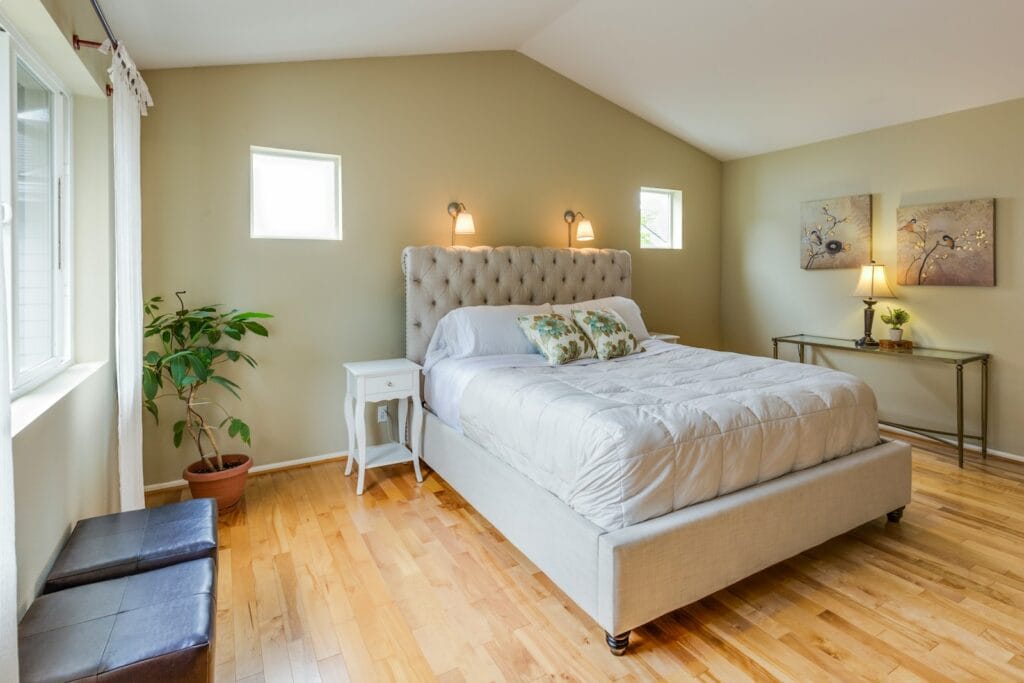
5. DIY Shoe Storage Ideas: Get Creative
If you’re on a budget or just love a good project, DIY shoe storage can be both fun and functional.
- Repurposed Crates: Stack old wooden crates to create a rustic shoe shelf.
- PVC Pipe Storage: Cut PVC pipes into sections and glue them together for a modern, honeycomb-like shoe organizer.
- Pallet Shoe Rack: Use a reclaimed pallet to create a vertical shoe rack for your entryway.
Pros: Customizable, budget-friendly, and unique.
Cons: Requires time and effort to create.
DIY Tip: Search for tutorials on Pinterest or YouTube for step-by-step instructions.

6. Tips for Organizing Shoes Like a Pro
No matter which storage solution you choose, these shoe organization tips will help you maintain a tidy system:
- Sort by Type: Group shoes by category (e.g., sneakers, heels, boots) for easy access.
- Frequency of Use: Keep everyday shoes at eye level or in the most accessible spot.
- Seasonal Rotation: Store off-season shoes in less accessible areas, like under the bed or in bins.
- Use Hooks or Pegs: Hang boots or sandals on hooks to save shelf space.
Pro Tip: Add a small bench or ottoman near your shoe storage for a convenient spot to put on or take off shoes.
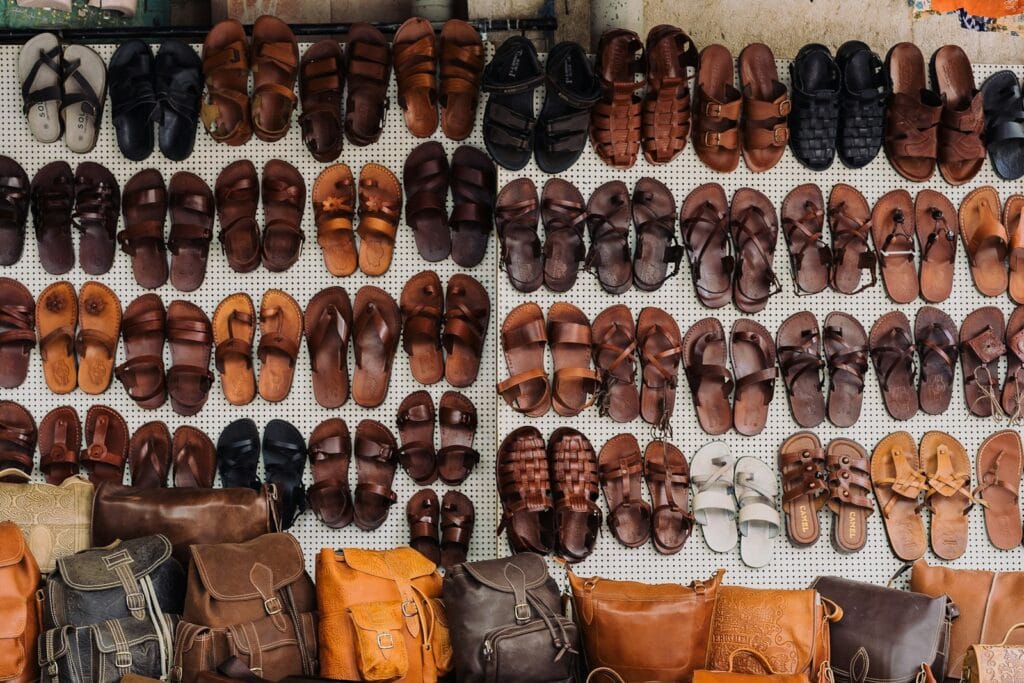
Choosing the Right Solution for Your Space
Not sure which shoe storage solution is best for you? Consider these factors:
- Space Available: Measure your space to determine whether a rack, shelf, or under-bed storage is feasible.
- Number of Shoes: Larger collections may require modular shelving or multiple racks.
- Accessibility Needs: If you need daily access, opt for open racks or shelves rather than boxes.
- Aesthetic Preferences: Choose materials and styles that match your home’s decor.
Quick Checklist:
- Measure your space.
- Count your shoes.
- Decide on open vs. concealed storage.
- Consider your budget.
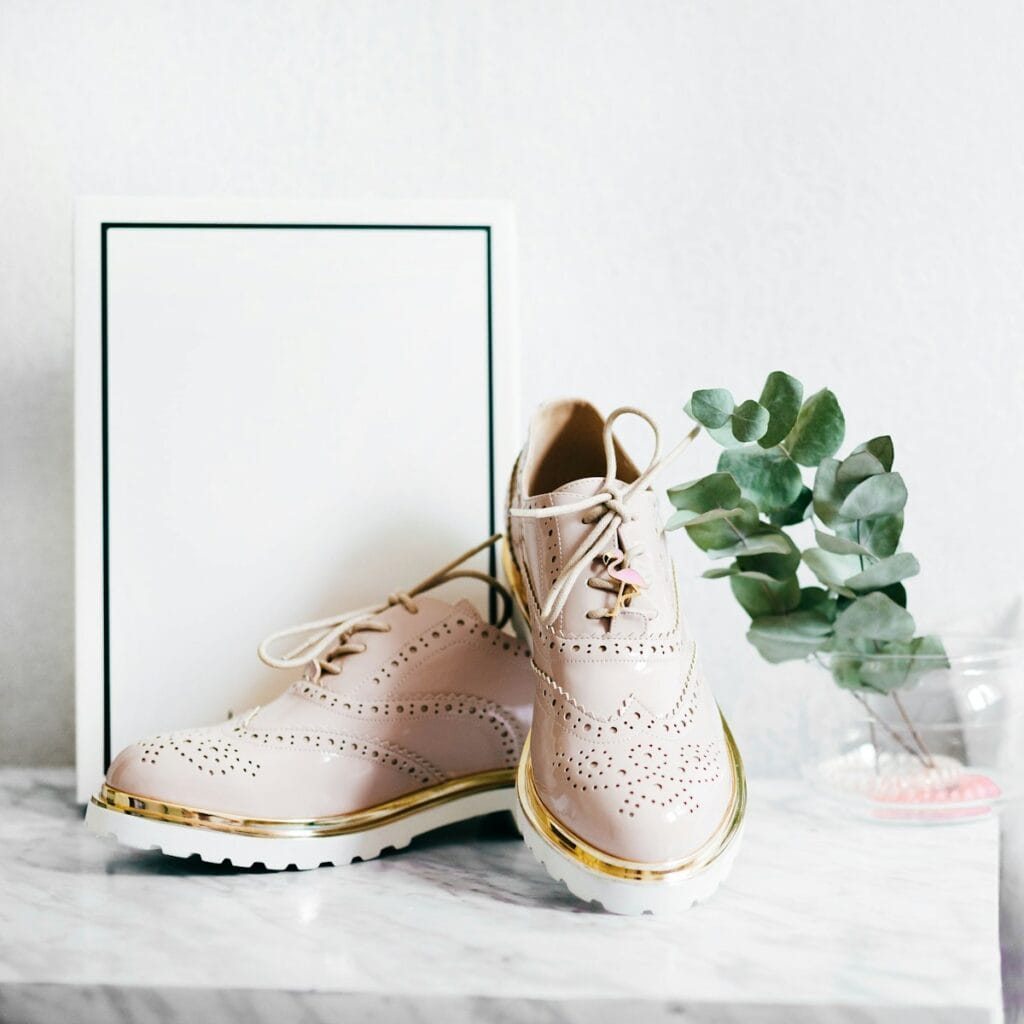
Conclusion
Organizing your shoes doesn’t have to be a daunting task. With the right shoe storage solutions, you can transform your space, protect your footwear, and make your daily routine smoother. Whether you opt for a sleek shoe rack, a creative DIY project, or a combination of storage methods, the key is to find what works best for your space and lifestyle.
Ready to get started? Pick one or two ideas from this guide and take the first step toward a clutter-free home. Your shoes—and your sanity—will thank you!
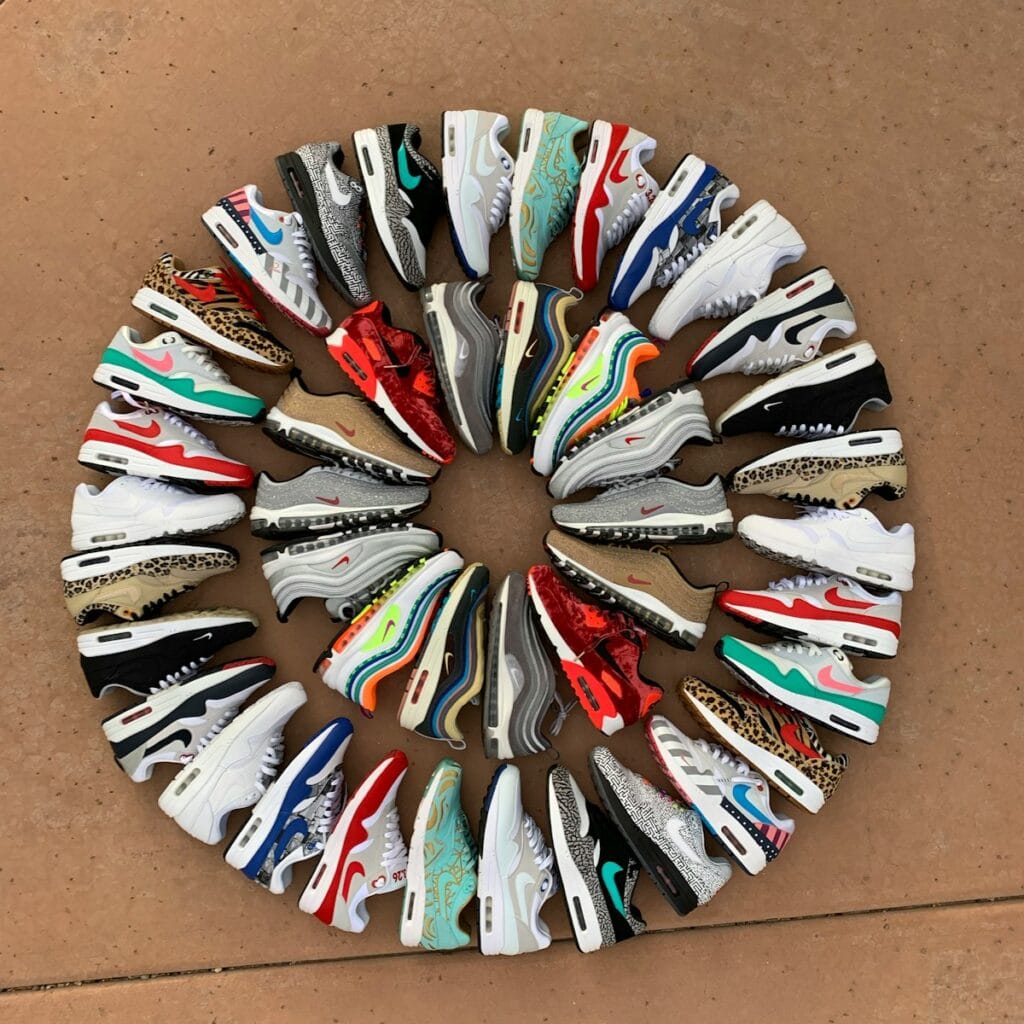
Quick Recap of Shoe Storage Solutions
- Shoe Racks: Versatile and space-saving.
- Shoe Shelves: Customizable and stylish.
- Shoe Boxes and Bins: Neat and protective.
- Under-Bed Storage: Hidden and convenient.
- DIY Shoe Storage: Creative and budget-friendly.

